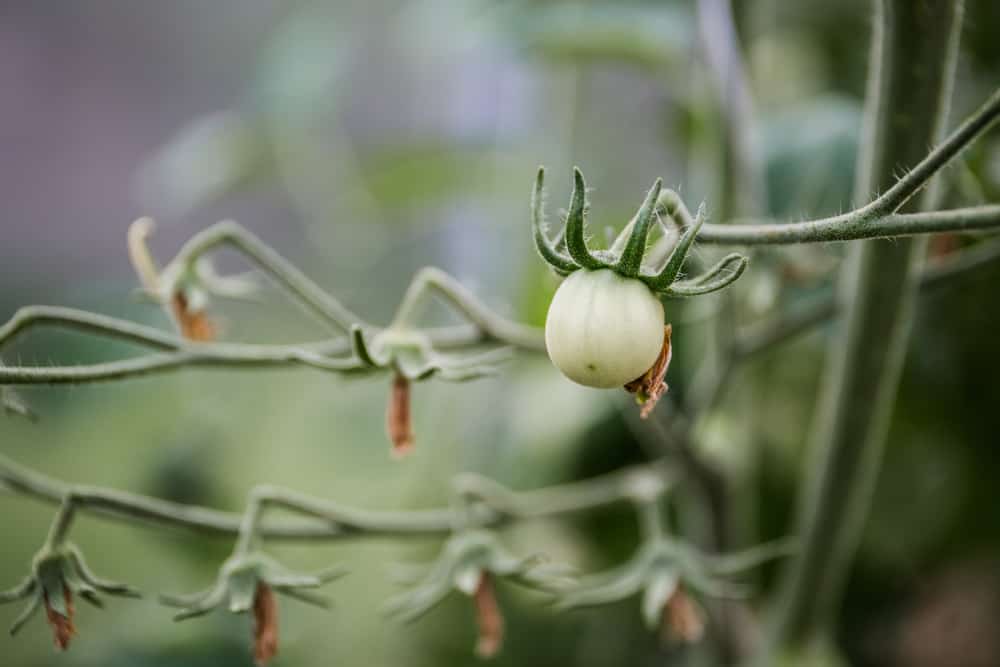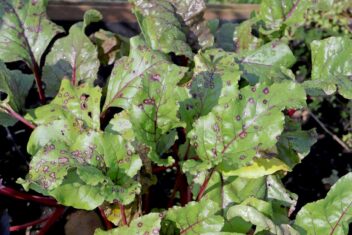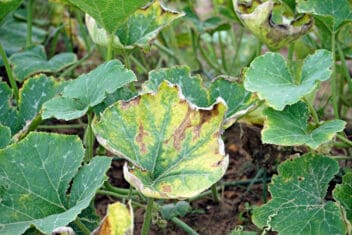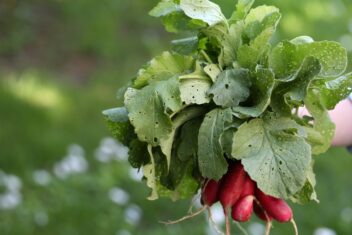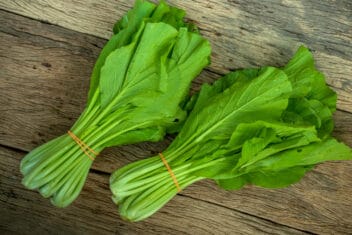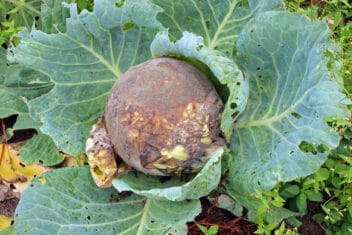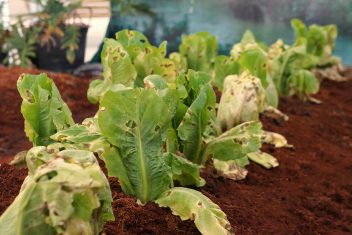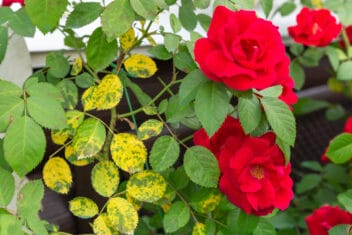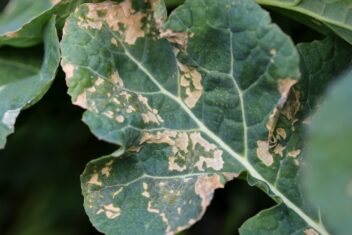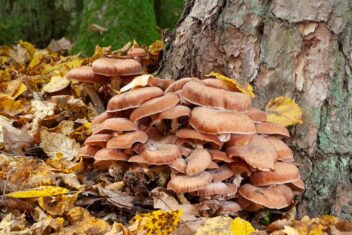Do your tomatoes have large, luscious buds that either don’t flower, or don’t produce fruit? Then you might be dealing with Tomato Big Bud (TBB) disease.
This issue primarily affects crops in tropical or sub-tropical environments, but can appear in hot, damp regions of the USA and Mexico.
Since it prevents tomato plants from forming fruits, it results in massive food crop failure and a colossal waste of personal time and energy. Want to know what you can do about it? Keep reading.
What is Tomato Big Bud, Exactly?
Buckle up, because you’re about to learn all about this pathogen and how it’ll mangle your plants.
Tomato Big Bud (TBB) is caused by a phytoplasmic microorganism called Candidatus Phytoplasma aurantifolia. It affects tomato bud sepals specifically, causing them to enlarge significantly and enclose or smother the developing bud.
If you’re unfamiliar with botanical terminology, check this out:
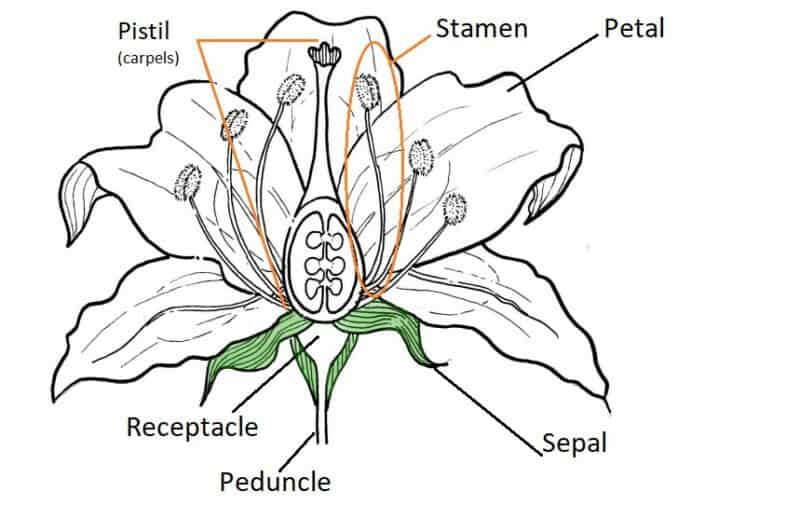
Sepals are the green “foundations” of most flowers. They provide protection while the buds are developing and then offer structural support for the petals once they develop and open up.
When Tomato Big Bud comes into play, those sepals can grow up to 10 times their normal size: far larger than the blooms they encase.
What happens next is that instead of protecting the buds until they open, the sepals fuse together and don’t open to release the flower bud inside. In fact, they might actually develop strange shoots and grow even larger!
Additionally, plants afflicted with Tomato Big Bud will develop numerous side shoots and branches from their stems so they become bushy, rather than tall.
Leaves will often curl up and go yellow or purple, and if, by some miracle, any of the sepals open so the flowers inside can be pollinated, the fruits will be tiny and malformed.
As you can imagine, this means you won’t get any salsa or sauce from your crop if this occurs. Nor can you save any seeds from said malformed little fruits. Even if they mature and ripen, the seeds will become carriers for TBB.
There’s no therapeutic treatment for Tomato Big Bud, so affected plants aren’t salvageable. It’s not as though you can remove the overgrown buds, and then the rest of the plant will be fine. Once a plant is infected, all you can do is destroy it.
How to Deal With It
Since there’s no way to treat TBB once it appears, your best option is prevention.
The primary way in which this disease spreads is via leafhopper insects. These are difficult to deal with unless you want to hose your property down with some rather intense pesticides, and even those aren’t usually effective.
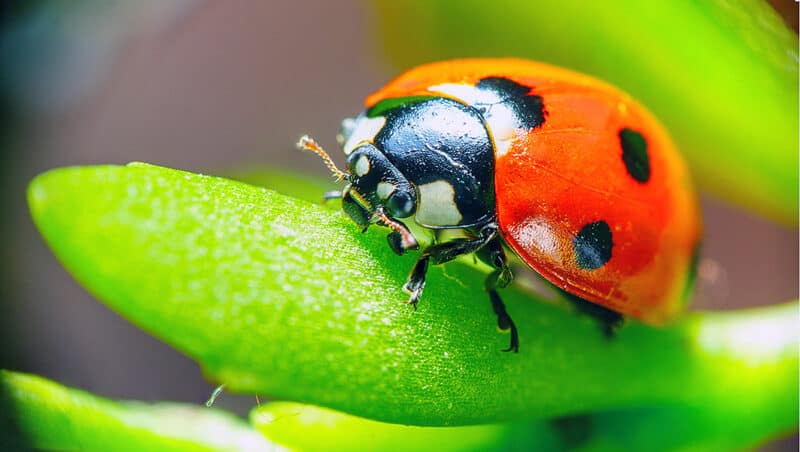
Fortunately, assassin bugs and ladybugs prey on them and may help you reduce their numbers.
Another contributing factor to Tomato Big Bud development is that many other plant species can harbor and spread it without actually showing symptoms themselves. They’re kind of like the “Typhoid Mary” of TBB disease, as you won’t see any sign of the issue until your tomato plants mature.
Lambsquarters (Chenopodium album), various dock species, chicories, and thistles may be carriers. The disease can move from them to your tomato plants via cross-contamination, through water movement in your soil, or thanks to the aforementioned leafhoppers.
If you find any of the abovementioned species growing nearby, remove and destroy them as soon as possible. Similarly, pull any nightshade weeds that may also carry TBB.
Depending on where you’re located, these may include various wild nightshades, as well as wild tobacco, datura, physalis, and mandrake.
Preventative Measures
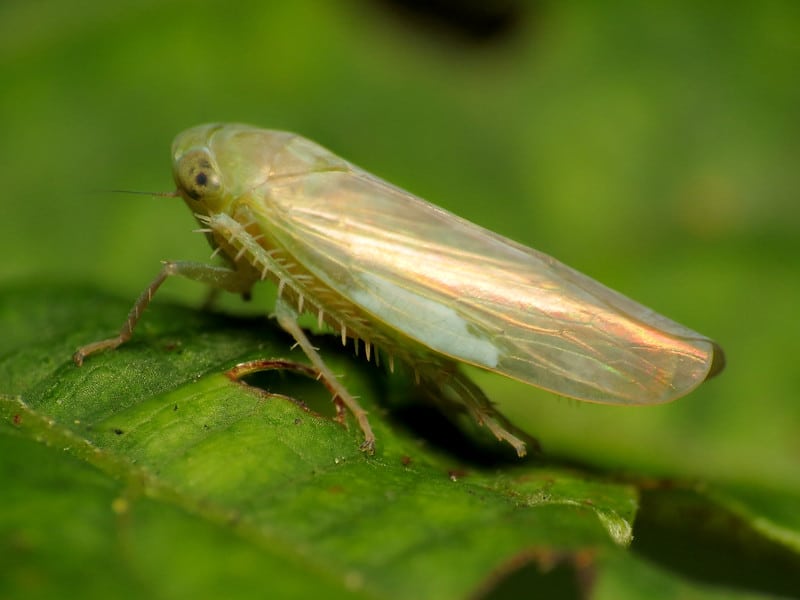
If Tomato Big Bud has reared its ugly head in your garden, consider letting that area go fallow for a couple of years. Dig out, sterilize, and dispose of the top eight inches of soil, and then don’t plant any nightshades there for five to seven years afterward.
Should you choose to grow tomatoes on another part of your property, be sure to rotate that crop with roots, greens, and legumes regularly.
Tear out the potential carrier weeds that may taint future crops, and ensure that your soil gets adequate drainage. TBB can quickly move through the water table and hang around in damp areas. As a result, good drainage will lessen the chances that it’ll stay in your area.
As far as controlling leafhoppers goes, attracting birds that like to eat them is one of your best bets. Since leafhoppers and leaf miners move around far too quickly for pesticides to be of much use, this is where bird friends are invaluable allies.
Sparrows, finches, cardinals, and titmice are their most common predators, but species will vary from region to region. As such, do a bit of research regarding your local songbirds and what they eat, and entice them to your property with appropriate feeders and birdbaths.
When they come by for a lovely seedy suet snack, they’ll spot their favorite leafhopper appetizers and have a field day eating them. Fewer hoppers = less chance of TBB.
Other Plants that May be Affected by Tomato Big Bud
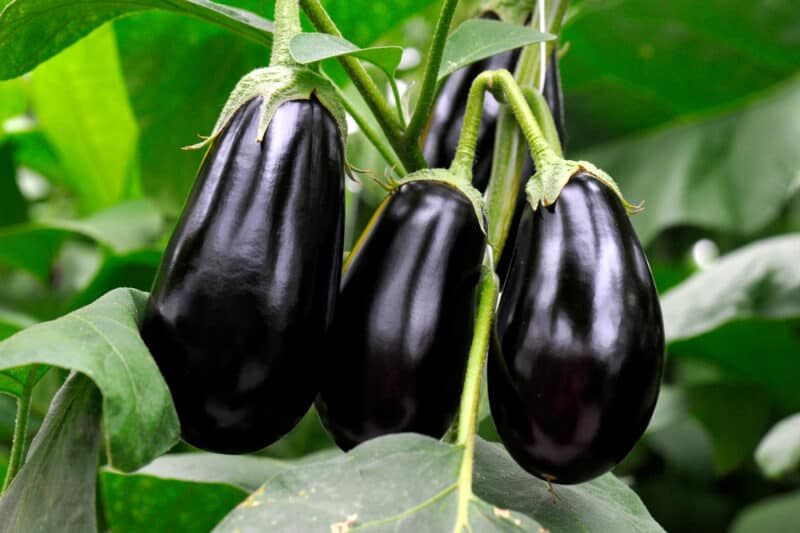
Although TBB primarily affects tomatoes, it can also hit other members of the nightshade (Solanaceae) family. This includes hot and sweet peppers, eggplants, ground cherries (Physalis), goji berries, tomatillos, potatoes, and ashwagandha plants. It may affect some peanut and Chinese cabbage plants as well.
If Tomato Big Bud is known to affect tomato plants in your area, be sure to check your other nightshades as well. Your tomatoes may survive this year, but your jalapenos might all keel over from it.
